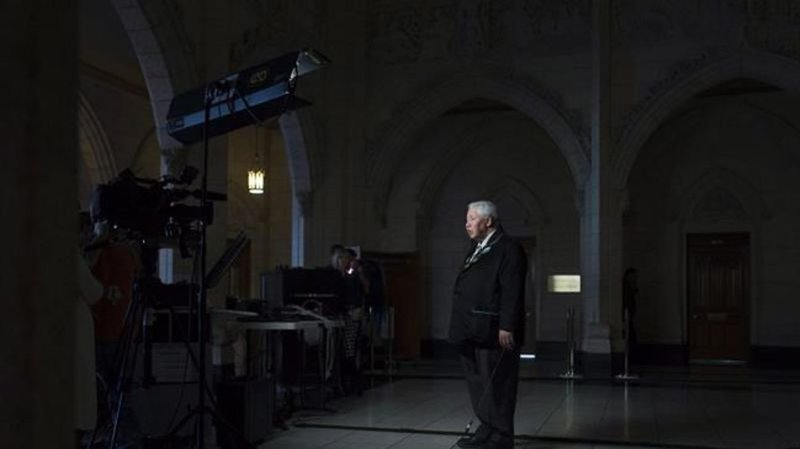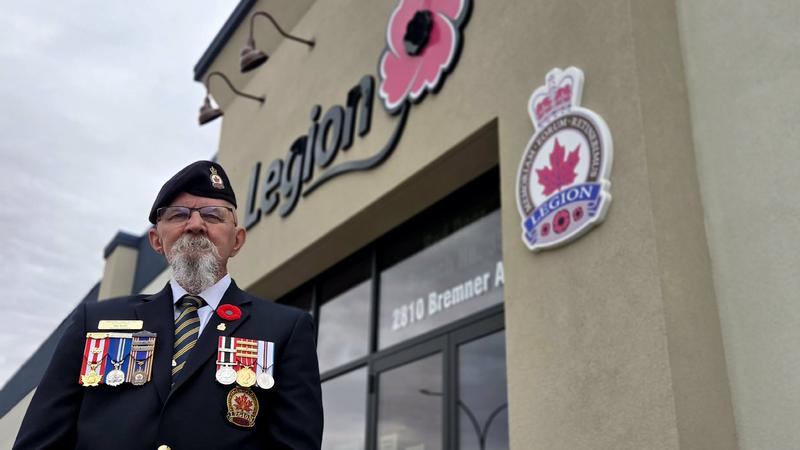
A look at the residential-school system in Canada
KAMLOOPS, B.C. — The Tk’emlups te Secwepemc First Nation announced last week that ground-penetrating radar had located what are believed to be the remains of 215 children in an unmarked burial site on the grounds of a former residential school in Kamloops, B.C.
The Truth and Reconciliation Commission’s report on Canada’s residential-school system detailed the harsh mistreatment of Indigenous children at the government-funded, church-operated institutions, where ongoing research says at least 4,100 children died amid neglect.
An estimated 150,000 First Nations, Inuit and Métis children attended the schools between the 1860s and 1996. The commission documented stories from survivors and families and issued a report in 2015.
Here is a look at some of its findings:


